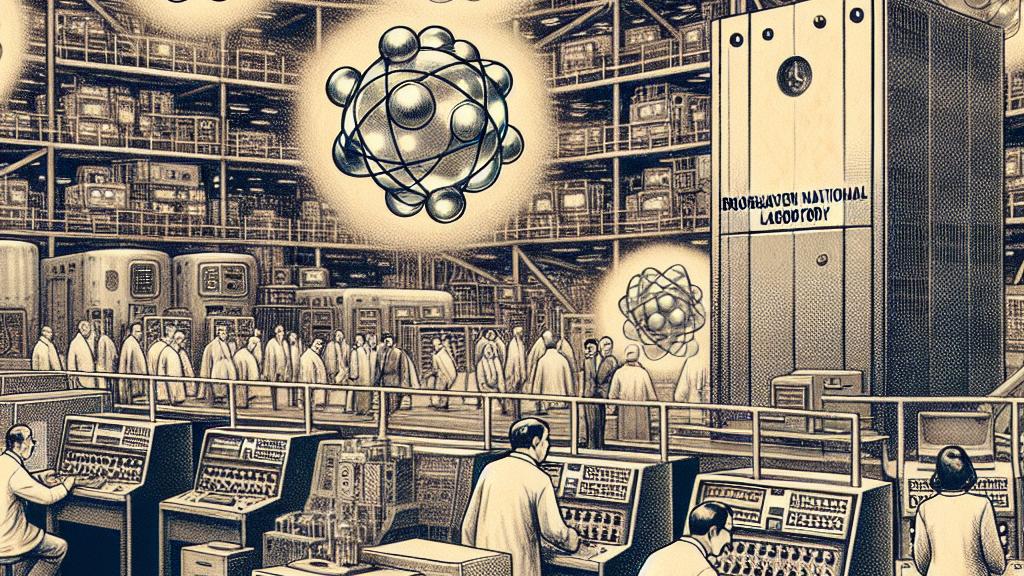Advancements in Meson Measurements via Supercomputer Calculations
Overview
- Revolutionary supercomputers deliver groundbreaking predictions on the electric charge distribution within mesons.
- The Electron-Ion Collider (EIC) is set to redefine our understanding of quarks and gluons inside hadrons, pushing the boundaries of particle physics.
- These new insights are not merely academic; they unlock doors to future discoveries that could change our comprehension of the universe.

Exploring the World of Mesons: Tiny Titans of Physics
Deep within the laboratories of Brookhaven National Laboratory in the United States, scientists are embarking on an exhilarating quest to understand mesons—fundamental building blocks made of quark-antiquark pairs. Despite their small size, mesons wield immense power in the nuclear world. Thanks to advanced supercomputer simulations, researchers have achieved unprecedented accuracy in predicting how electric charges are spatially arranged within these particles. For example, consider the pion, the lightest meson, which plays an indispensable role in the strong nuclear force that holds protons and neutrons together. By dissecting these interactions, scientists are not just seeking academic knowledge; they're uncovering the very fabric of matter that constitutes our universe.
The Electron-Ion Collider: A Look Into the Future
Anticipation is building around the Electron-Ion Collider (EIC), a groundbreaking facility poised to revolutionize our understanding of particle interactions. Set to begin operations in the early 2030s at Brookhaven, this massive collider will smash high-energy electrons into protons and heavy atomic nuclei. Imagine using the EIC as a high-energy microscope that can reveal the hidden dance of quarks and gluons within hadrons. This will allow scientists to capture precise measurements and create detailed images of these interactions. With such revelations, we are on the brink of discovering new physics that could revolutionize our concepts of reality itself, redefining what we know about atomic structure and the universe.
Setting the Stage for Future Discoveries: A Confident Leap Forward
The new predictions emerging from Brookhaven are not simply theoretical; they serve as crucial groundwork for the EIC's experiments down the line. These predictions beautifully match previous low-energy experiment results, establishing a solid foundation for comparisons and validations. Additionally, the confirmation of the factorization method—a conceptual approach that simplifies complex interactions into manageable components—empowers researchers with enhanced tools for navigating experimental data. As we prepare to journey into this exciting frontier, the insights gleaned from studying mesons will illuminate the hidden mechanics of our universe, offering a profound understanding of the particles that form everything we perceive, from the tiniest atoms to the vast cosmos.

Loading...